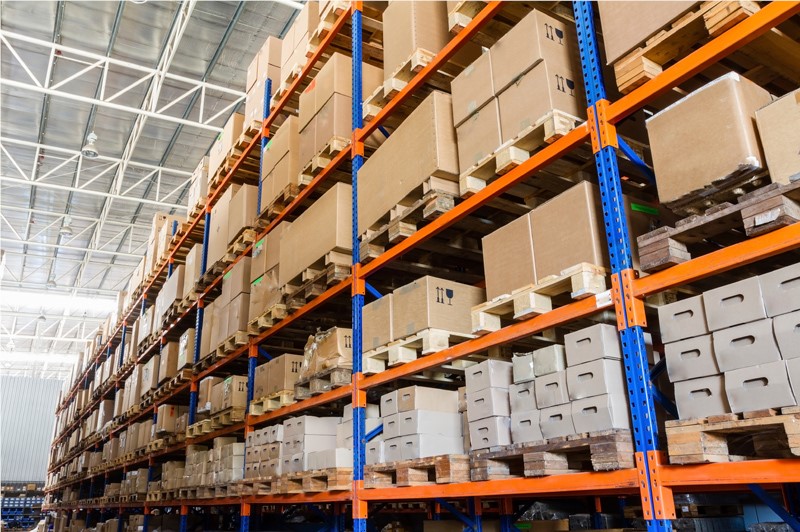
When you move to your new home, consider making some energy improvements to help reduce your utility bills. The U.S. Department of Energy has put together an EnergySavers guide that provides tips on how to cut your energy usage.
Energy-Efficient Appliances are Recommended
Buying energy efficient appliances should be a priority when you make a household move. When you buy an appliance, make sure it has a yellow ENERGY STAR® to let you know it is energy efficient. The ENERGY STAR® label tells you that the appliance meets guidelines for efficiency set by the U.S. Department of Energy. An ENERGY STAR® appliance can lower energy consumption by 20-40+% compared to a non-compliant appliance. You should also look for the yellow label if you are buying a furnace, AC unit or water heater.
Household Upgrades Can Save Energy
To reduce drafts and loss of energy, you should also make sure you have adequate insulation throughout. Replacing older windows with newer double-pane glass windows can keep cool/warm air from escaping your home. Local governments may even offer incentives for homeowners that make upgrades - check www.energy.gov/savings.
Low-Cost Energy Improvements
There are smaller investments you can make in your home if you don't have the money for major improvements. Programmable thermostat - lets you turn down the heat or AC during parts of the day when you are not home. Replacing older incandescent bulbs with more energy efficient (i.e. LED/CFL) bulbs to reduce energy usage. Spend a few bucks on expansion foam or caulk to seal holes around vents, wires and pipes leading into the house.
Any energy improvements that you can make within your budget will help you save money for years to come.
Subscribe to Clemmer Moving & Storage's Blog









